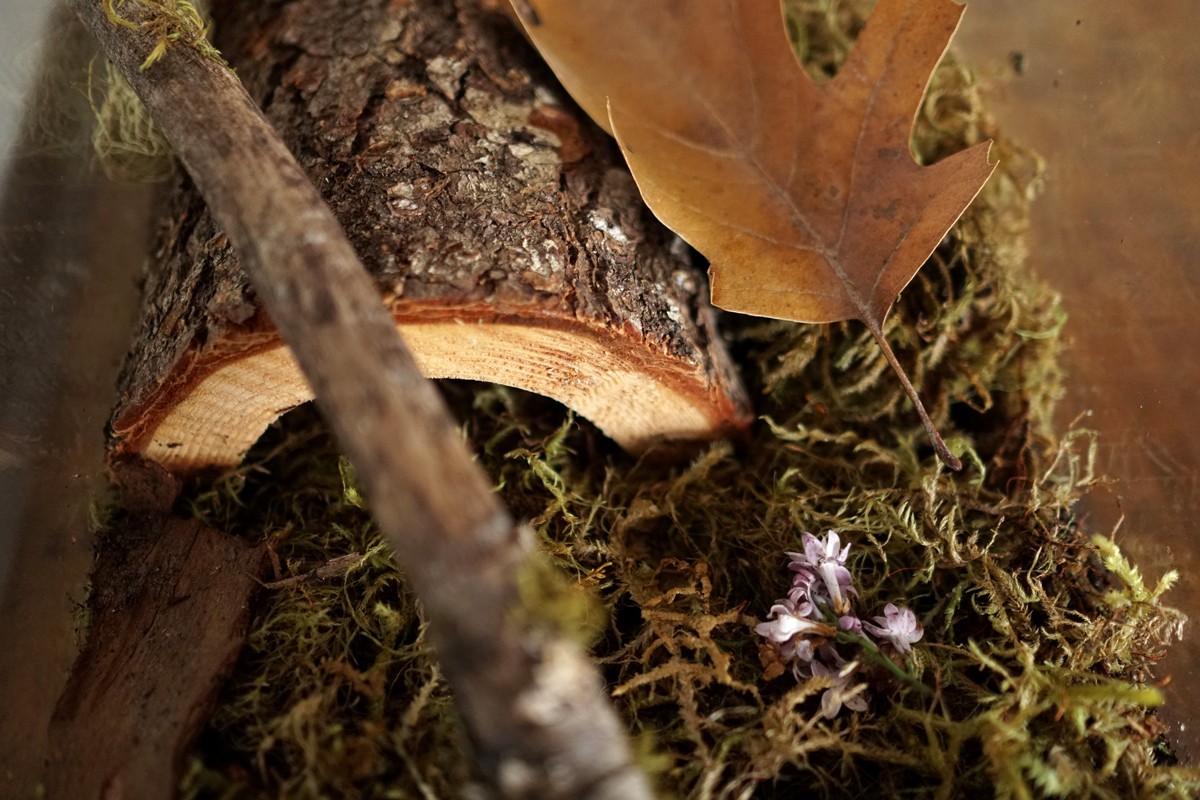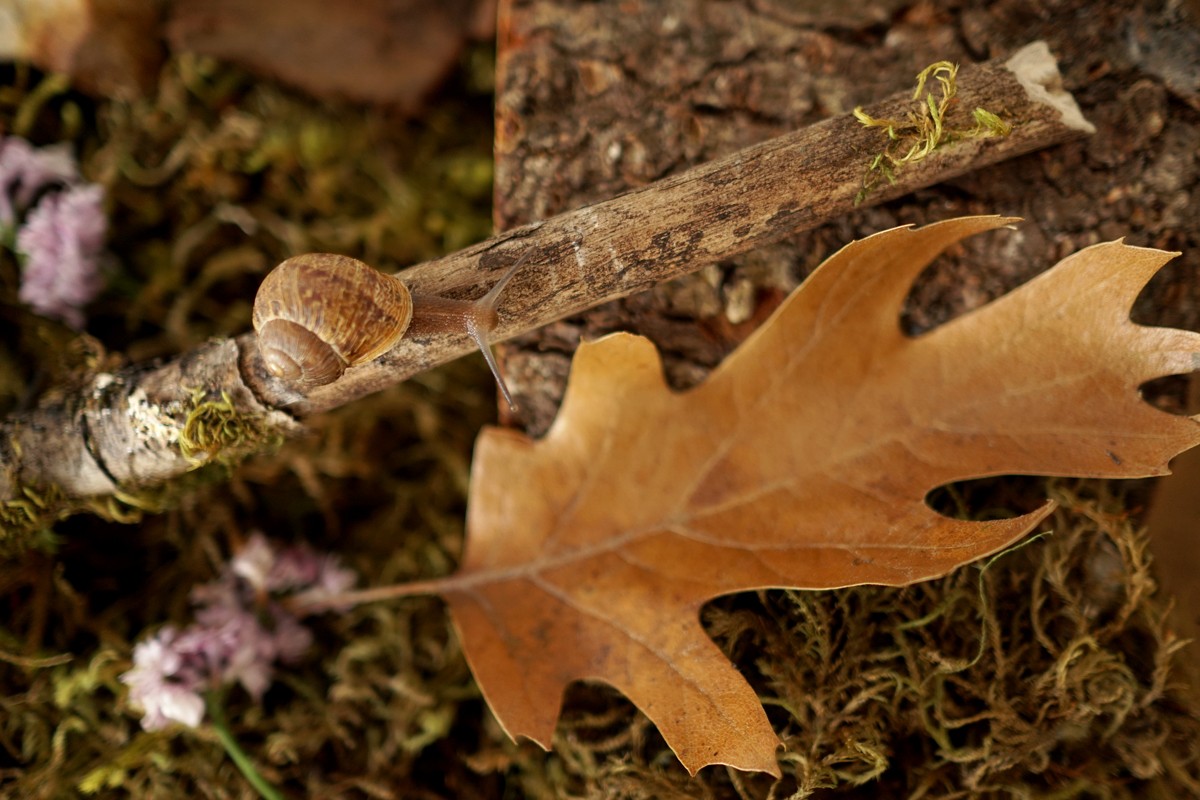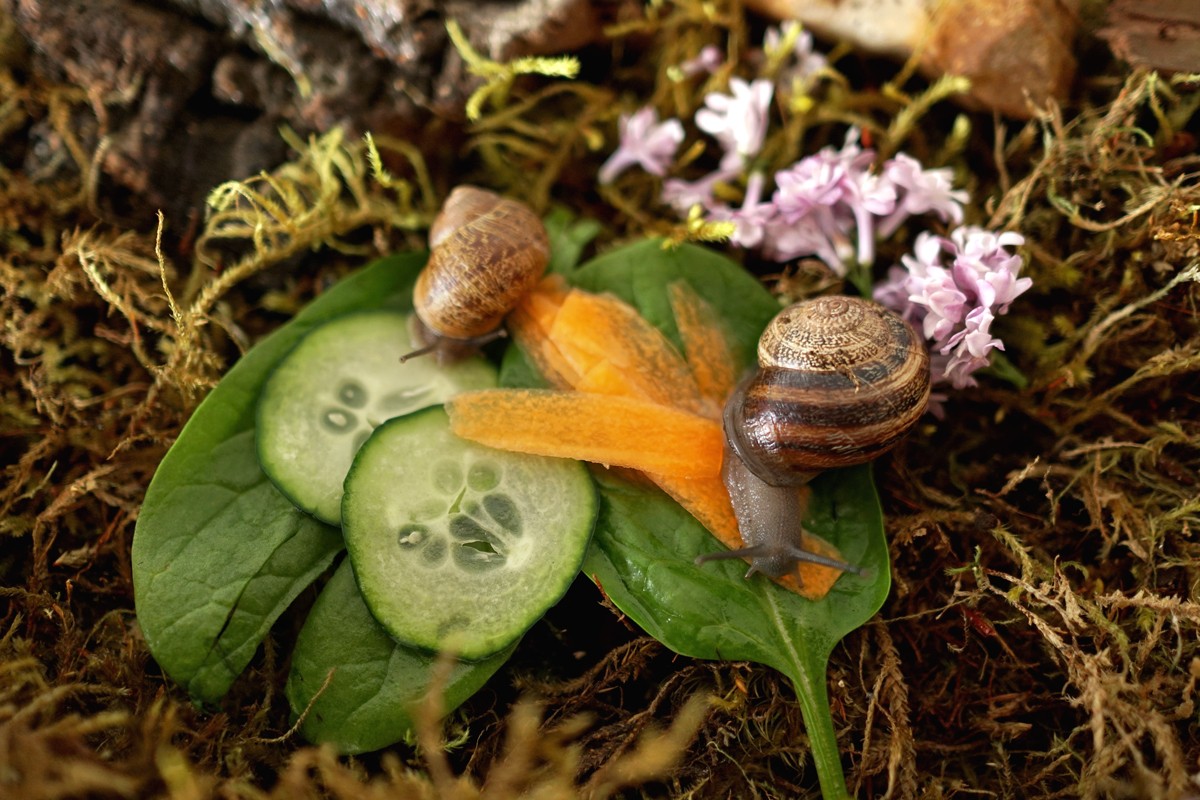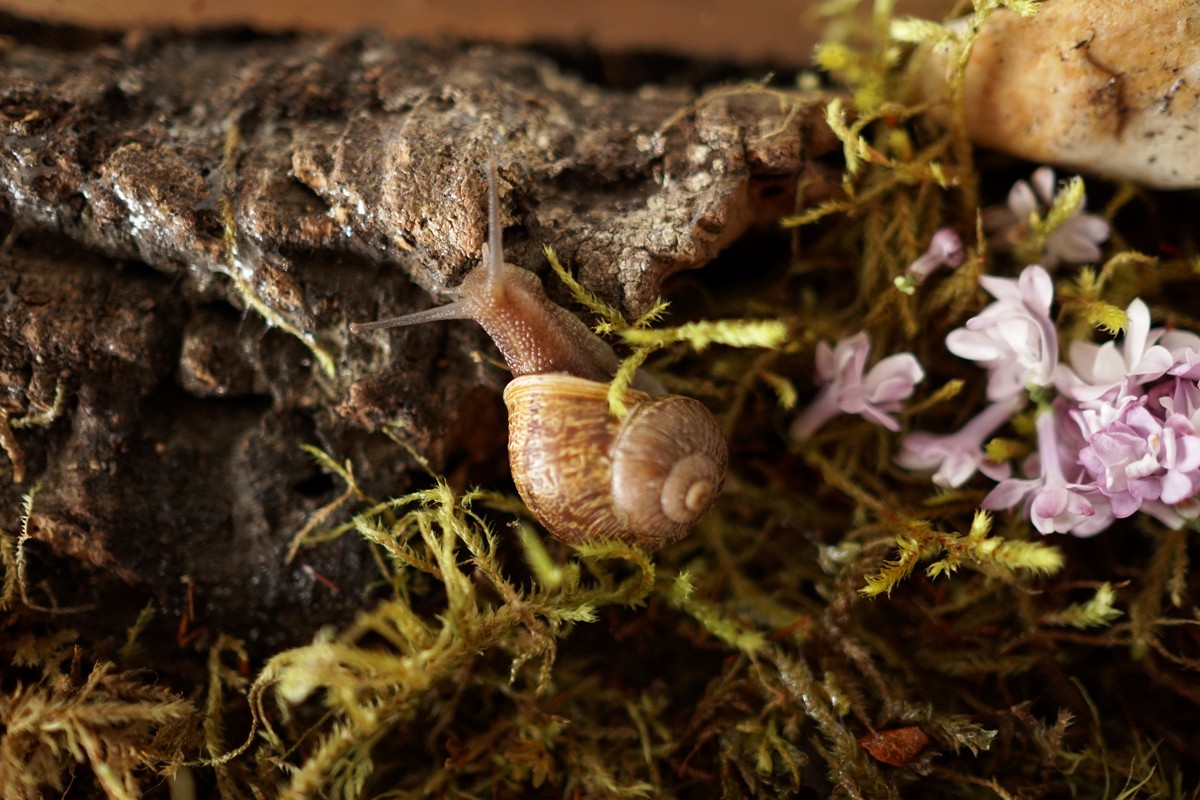Can You Pet A Snail? Absolutely! Understanding snail care, handling, and habitat needs is key. PETS.EDU.VN offers expert advice on safe snail interactions, making pet ownership enjoyable and educational. Learn about gastropod care and terrestrial snail well-being for a happy, healthy pet.
1. Understanding Snails as Pets
Snails, often found in gardens, make surprisingly engaging pets. They’re low-maintenance, quiet, and interesting to observe. Snails belong to the mollusk family, related to clams and oysters, not insects. Before bringing a snail home, understand their needs to provide a suitable environment.
1.1. Are Snails Good Pets?
Snails can be excellent pets, especially for those seeking a low-maintenance option. They don’t require walks, make minimal noise, and have simple dietary needs. Observing their behavior can be educational and calming. Consider these factors:
- Low Maintenance: Snails need regular misting and feeding but don’t require constant attention.
- Quiet Pets: They are silent, making them suitable for apartment living.
- Educational: Great for teaching children about nature and responsibility.
1.2. Types of Pet Snails
Several types of snails are suitable as pets. The most common include:
- Garden Snails (Cornu aspersum): Easy to find and care for.
- Giant African Land Snails (Achatina fulica): Larger and require more space.
- Milk Snails (Otala lactea): Known for their milky white shells.
- Banded Snails (Cepaea nemoralis): Come in various colors and patterns.
Understanding the specific needs of each species ensures proper care. PETS.EDU.VN offers detailed guides on various snail species to help you choose the right one.
1.3. Lifespan and Commitment
Snails typically live between 1 to 5 years, but some species can live much longer. Giant African Land Snails, for example, can live up to 5-7 years in captivity with proper care. Be prepared for the long-term commitment before bringing a snail home.
Here’s a table summarizing the average lifespan of common pet snail species:
| Snail Species | Average Lifespan |
|---|---|
| Garden Snail (Cornu aspersum) | 1-2 years |
| Giant African Land Snail (Achatina fulica) | 5-7 years |
| Milk Snail (Otala lactea) | 2-3 years |
| Banded Snail (Cepaea nemoralis) | 3-5 years |




2. Setting Up a Snail Habitat
Creating the right habitat is crucial for your snail’s health and happiness. The terrarium should mimic their natural environment, providing moisture, hiding places, and climbing opportunities.
2.1. Choosing the Right Terrarium
The size of the terrarium depends on the number of snails you plan to keep. A 5-gallon tank is suitable for a couple of snails, but a 10-gallon tank is better for more. Ensure the enclosure has ventilation and a secure lid.
- Size: At least 5 gallons for a couple of snails.
- Material: Glass or plastic.
- Ventilation: Essential for air circulation.
- Lid: Tight-fitting to prevent escapes.
2.2. Substrate and Bedding
The substrate is the material that lines the bottom of the terrarium. It should be pesticide, chemical, and fertilizer-free. Avoid using potting soil, sand, pebbles, or gravel. Sterilized soil specifically sold for pets is ideal.
- Recommended: Sterilized pet soil.
- Avoid: Potting soil, sand, gravel.
- Moss: Sphagnum moss helps maintain humidity.
2.3. Decorations and Enrichment
Snails enjoy climbing and hiding, so add sticks, bark, branches, and leaves to the habitat. Ensure decorations are safe and non-toxic.
- Climbing: Sticks, branches, cork bark.
- Hiding: Hollowed-out logs, leaves, small caves.
- Plants: Safe, non-toxic plants or grasses.
Here’s a table summarizing the ideal terrarium setup for pet snails:
| Component | Description | Importance |
|---|---|---|
| Terrarium Size | 5-10 gallons per snail | Provides adequate space for movement and growth |
| Substrate | Sterilized pet soil | Allows burrowing and maintains humidity |
| Moss | Sphagnum moss | Helps retain moisture and provides soft padding |
| Decorations | Sticks, bark, leaves, caves | Offers climbing and hiding opportunities |
| Plants | Non-toxic plants | Enhances the natural environment |
3. Maintaining the Snail Habitat
Regular maintenance keeps your snail’s habitat clean and healthy. This includes misting, waste removal, and thorough cleaning.
3.1. Humidity and Temperature
Snails thrive in moist environments. Mist the substrate with filtered water daily to maintain humidity. Avoid direct sunlight to prevent overheating.
- Humidity: Maintain a moist environment.
- Temperature: Avoid direct sunlight.
- Misting: Use a clean spray bottle with filtered water.
3.2. Cleaning the Terrarium
Remove waste and uneaten food regularly. Do a thorough cleaning once or twice a month to prevent mold and bacteria growth.
- Regular Removal: Take out waste and uneaten food daily.
- Monthly Cleaning: Clean the entire terrarium to prevent buildup.
- Water Changes: Refresh water dishes regularly.
3.3. Preventing Mold and Pests
Mold and pests can harm your snails. Ensure good ventilation and remove decaying matter promptly.
- Ventilation: Essential for preventing mold.
- Waste Removal: Prevents pest infestations.
- Substrate Changes: Replace substrate regularly to avoid buildup.
4. Feeding Your Snails
A varied diet is essential for your snail’s health. They are herbivores and enjoy fresh fruits, vegetables, and a calcium source.
4.1. What Do Snails Eat?
Snails eat a variety of foods, including:
- Leafy Greens: Lettuce, spinach, kale.
- Vegetables: Carrots, cucumber, zucchini.
- Fruits: Apple, banana, strawberries (in moderation).
- Calcium: Cuttlebone, eggshells, calcium powder.
4.2. Foods to Avoid
Avoid feeding snails acidic fruits, salty foods, and processed foods. These can be harmful to their health.
- Acidic Fruits: Citrus fruits, tomatoes.
- Salty Foods: Processed snacks, table salt.
- Processed Foods: Anything with preservatives or additives.
4.3. Providing Calcium
Calcium is essential for shell growth and maintenance. Provide a cuttlebone or crushed eggshells in the terrarium.
- Cuttlebone: A natural source of calcium.
- Eggshells: Cleaned and crushed.
- Calcium Powder: Available at pet stores.
Here’s a sample feeding schedule for pet snails:
| Day | Food | Notes |
|---|---|---|
| Monday | Leafy Greens (Lettuce) | Wash thoroughly |
| Tuesday | Vegetables (Carrot) | Grated or thinly sliced |
| Wednesday | Fruits (Apple) | Small pieces, avoid seeds |
| Thursday | Calcium (Cuttlebone) | Always available |
| Friday | Leafy Greens (Spinach) | Wash thoroughly |
| Saturday | Vegetables (Cucumber) | Thinly sliced |
| Sunday | Fruits (Banana) | Small pieces, occasional treat |
5. Can You Pet a Snail? Handling Snails Safely
Handling snails can be a rewarding experience, but it’s important to do it safely. Always wash your hands before and after handling them.
5.1. Washing Your Hands
Thoroughly wash your hands with soap and water before and after handling snails to prevent the spread of pathogens.
- Before: Removes potential contaminants that could harm the snail.
- After: Protects you from any bacteria the snail may carry.
5.2. Gentle Handling Techniques
Handle snails gently to avoid damaging their shells. Pick them up by supporting their body, not just their shell.
- Support the Body: Use both hands to lift.
- Avoid the Shell: Don’t pull or squeeze the shell.
- Keep Them Moist: Handle with slightly damp hands.
5.3. Supervising Children
Supervise children when they handle snails to ensure they are gentle and wash their hands afterward.
- Education: Teach children how to handle snails properly.
- Hygiene: Ensure they wash their hands thoroughly.
- Observation: Watch for any signs of distress in the snail.
6. Health and Common Issues
Understanding common health issues in snails helps you provide the best care.
6.1. Signs of a Healthy Snail
A healthy snail is active, eats regularly, and has a smooth, undamaged shell.
- Activity: Moves around the terrarium.
- Appetite: Eats regularly.
- Shell: Smooth, undamaged, and strong.
6.2. Common Health Problems
Common health problems in snails include shell damage, parasites, and mantle collapse.
- Shell Damage: Can be caused by falls or rough handling.
- Parasites: Can be introduced through contaminated food or soil.
- Mantle Collapse: A serious condition where the mantle protrudes from the shell.
6.3. Treating Shell Damage
Minor shell damage can heal on its own with proper calcium intake. More severe damage may require veterinary attention.
- Calcium Supplement: Ensure a constant supply.
- Cleanliness: Keep the terrarium clean to prevent infection.
- Veterinary Care: Seek professional help for severe damage.
7. Breeding Snails
Breeding snails can be an interesting experience, but it’s important to be prepared for a large number of offspring.
7.1. Creating Breeding Conditions
To encourage breeding, maintain a warm, humid environment with plenty of food and calcium.
- Warmth: Keep the terrarium at a consistent temperature.
- Humidity: Mist regularly to maintain moisture.
- Nutrition: Provide a varied diet with plenty of calcium.
7.2. Egg Laying and Incubation
Snails lay eggs in the soil. Carefully remove the eggs to a separate container for incubation.
- Egg Removal: Gently dig up the eggs and transfer them.
- Incubation Container: Use a small container with moist substrate.
- Humidity: Keep the incubation container humid.
7.3. Caring for Baby Snails
Baby snails need a similar environment to adult snails but require smaller food pieces.
- Smaller Food: Finely chopped vegetables and fruits.
- Calcium: Provide crushed cuttlebone or eggshells.
- Gentle Handling: Handle with extra care due to their fragile shells.
8. Fun Facts About Snails
Snails are fascinating creatures with unique characteristics.
8.1. Snail Anatomy
Snails have a muscular foot for movement, a shell for protection, and antennae for sensing their environment.
- Foot: Used for locomotion.
- Shell: Provides protection.
- Antennae: Sensory organs.
8.2. Snail Behavior
Snails are nocturnal and prefer moist environments. They communicate through slime trails.
- Nocturnal: Most active at night.
- Moisture: Prefer humid conditions.
- Slime Trails: Used for communication and navigation.
8.3. Snail Intelligence
Snails are capable of learning and have a good memory. They can navigate mazes and recognize familiar environments.
- Learning: Can learn simple tasks.
- Memory: Remember familiar places.
- Navigation: Able to navigate complex environments.
9. Legal and Ethical Considerations
Before keeping snails as pets, be aware of local regulations and ethical considerations.
9.1. Local Regulations
Some areas have restrictions on keeping certain snail species. Check local laws before acquiring a pet snail.
- Permits: Some species may require permits.
- Invasive Species: Avoid releasing non-native species into the wild.
9.2. Ethical Sourcing
Source snails from reputable breeders or rescue organizations to ensure they are healthy and ethically obtained.
- Reputable Breeders: Ensure snails are healthy and well-cared for.
- Rescue Organizations: Provide a home for snails in need.
- Avoid Wild Collection: Protect wild snail populations.
9.3. Responsible Ownership
Provide proper care and a suitable environment for your snails. Avoid releasing them into the wild.
- Proper Care: Meet their dietary and environmental needs.
- Prevent Escapes: Secure the terrarium to prevent them from escaping.
- Avoid Release: Releasing pet snails into the wild can harm local ecosystems.
10. Frequently Asked Questions (FAQ)
Here are some frequently asked questions about keeping snails as pets.
10.1. Are snails safe for children?
Yes, snails are safe for children as long as they are handled gently and children wash their hands thoroughly afterward.
10.2. How often should I feed my snail?
Feed your snail daily with a variety of fresh fruits and vegetables.
10.3. How do I know if my snail is sick?
Signs of illness include inactivity, loss of appetite, and shell damage.
10.4. Can snails live with other pets?
Snails should be kept separately from other pets to avoid stress and potential harm.
10.5. What do I do with snail eggs?
If you don’t want more snails, freeze the eggs for 24 hours before disposing of them.
10.6. How much does it cost to keep a snail?
The initial setup costs around $50-$100, and monthly costs are minimal, mainly for food and substrate.
10.7. Do snails need light?
Snails don’t need direct light, but a day/night cycle is beneficial for their overall health.
10.8. Can snails recognize their owners?
Snails can likely recognize familiar scents and environments, but they don’t form attachments like other pets.
10.9. What kind of soil is best for snails?
Sterilized pet soil is best, as it is free of harmful chemicals and parasites.
10.10. How long can snails go without food?
Snails can survive for several days without food, but it’s best to feed them daily for optimal health.
Conclusion: Enjoying Your Snail Companions
Keeping snails as pets can be a rewarding experience. Providing the right habitat, diet, and care ensures their well-being. Remember to handle them gently and wash your hands thoroughly to maintain hygiene. Snails offer a unique and educational pet experience for all ages.
Discover more expert tips and detailed guides on snail care at PETS.EDU.VN. Whether you’re a new pet owner or experienced enthusiast, we provide the information you need to create a happy and healthy environment for your snail companions. For personalized advice and services, contact us at 789 Paw Lane, Petville, CA 91234, United States, or reach out via WhatsApp at +1 555-987-6543. Your journey to becoming a knowledgeable snail owner starts at pets.edu.vn.